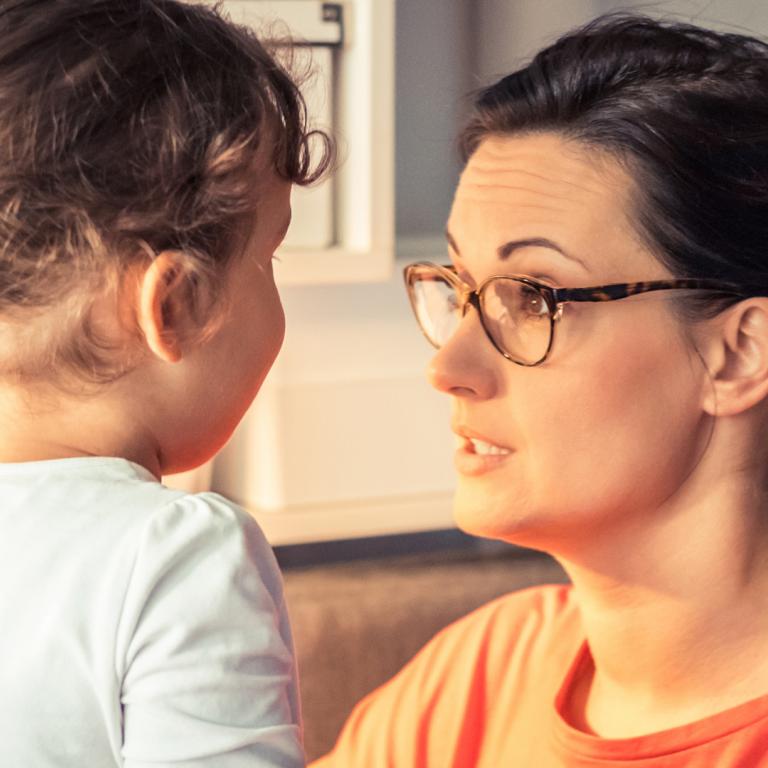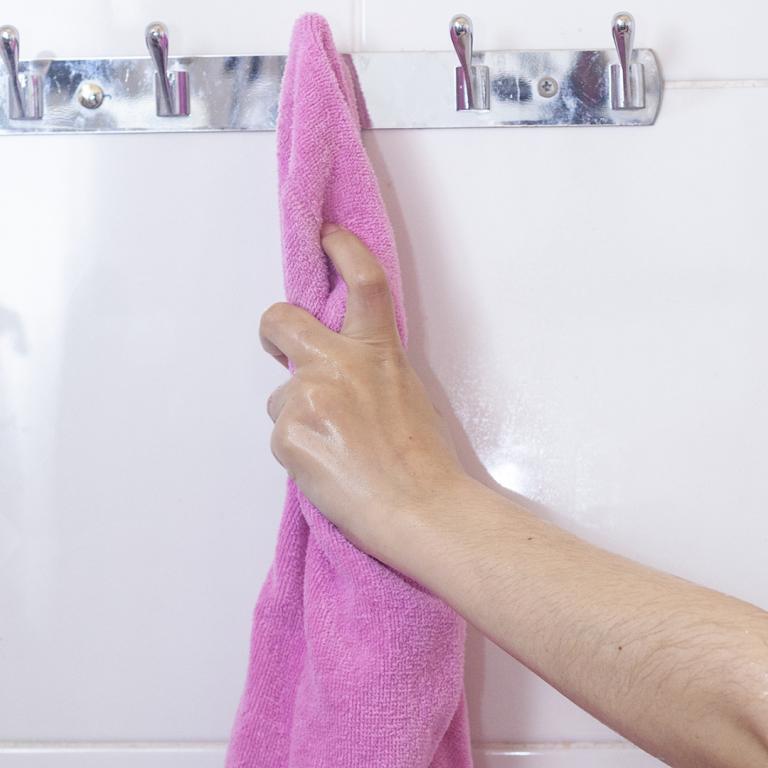

Game For Teaching Kids Kindness | Parenting Expert Dr. Deborah G…

Q&A with Organizational Pro Peter Walsh + Dermatologist Shares A…

Actor Hank Azaria + Freezer Meals + Artichokes 2 Ways with Rach

See Inside Barbara Corcoran's Stunning NY Apartment + It's Steak…

How to Make Chicken and Lobster Piccata | Richard Blais

Donnie Wahlberg Spills Details About NKOTB's First Ever Conventi…

Donnie Wahlberg + Jenny McCarthy Say Rach Is Such a "Joy" + Look…
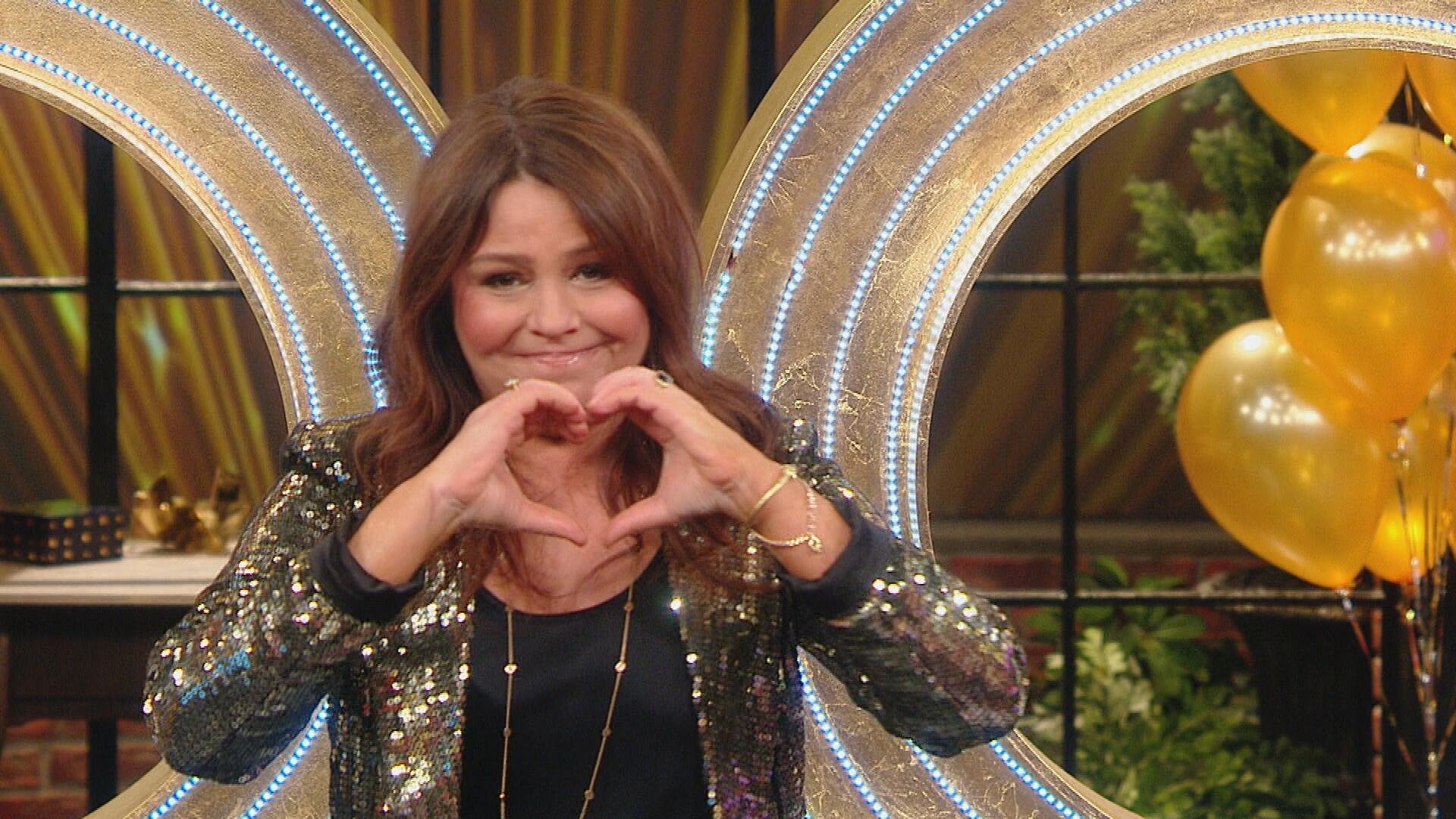
The Best Moments From 17 Seasons of the Show Will Make You Laugh…

How to Make Crabby Carbonara | Rachael Ray
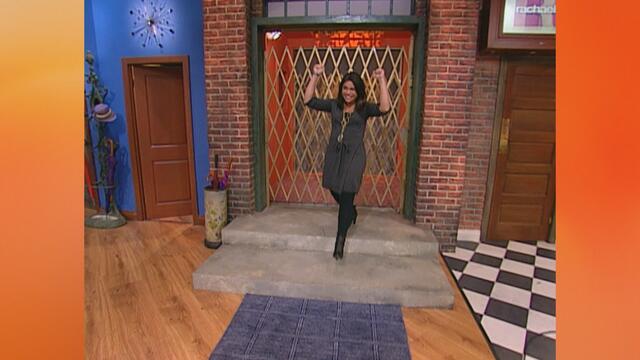
Rach Chats "Firsts" In Flashback From Our First Episode Ever In …

How to Make Apple-Cider Braised Pork Chop Sandwiches with Onion …

Rach's Chef Pals Say Goodbye to Show in Surprise Video Message

How to Make Sesame Cookies | Buddy Valastro

How to Make Tortilla with Potatoes, Piquillo Peppers and Mancheg…

How to Make Shrimp Burgers | Jacques Pepin

How to Make Spanakopipasta | Rachael Ray

Andrew McCarthy Chokes Up Discussing Emotional Trip to Spain wit…
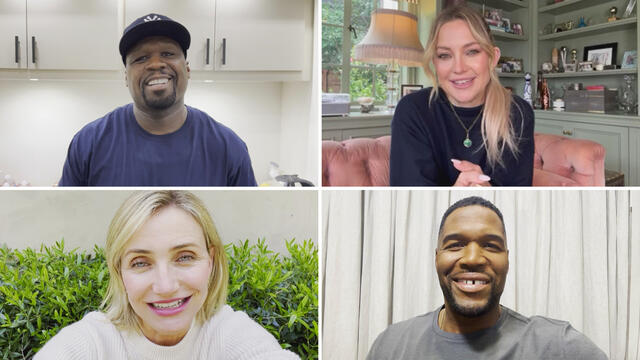
Celebrity Guests Send Farewell Messages After 17 Seasons of the …

Celebrity Guests Send Farewell Messages After 17 Seasons of the …

Andrew McCarthy Teases Upcoming "Brat Pack" Reunion Special

Michelle Obama Toasts Rach's 17 Years on the Air With a Heartfel…
In a recent national survey conducted by Harvard Graduate School of Education, parents of middle schoolers were asked: Do you think your kids' academic success or kindness is more important? 80 percent of parents said kindness. But when their kids were asked which they thought their parents think is more important, 75 percent of the kids said academic success. Talk about a disconnect!
So how do you make it clear to your kids that kindness is important to you — and, more importantly, how do you teach them to actually be kind when you're not there?
"Kindness is this abstract idea that we want everyone to 'be,' but we never explain how to teach," says parenting expert and family physician, Dr. Deborah Gilboa (a.k.a. Dr. G). "Worse, we blame parents whose kids don't show kindness, implying that they learned the opposite — how to be mean — at home," she adds.
The good news? Kindness is actually pretty easy to teach!
RELATED: 2 Brilliant Chore & Reward Systems For Kids From Super Moms Daphne Oz & Hilaria Baldwin
ACTIVELY TEACHING KINDNESS
"We ask our kids all the time: 'What'd you learn in school? How are your grades?' We don't ask about who [they] were kind to today, or how [they] can show kindness," Dr. G points out.
"Kindness doesn't just manifest," the parenting expert says. "We tend to think if a kid isn't kind they must have learned that at home. You don't fail to be kind as a 7- or 10-year-old because your parents teach you to be mean. You have to actively think about how to teach kindness."
Lecturing your kids about kindness won't necessarily be effective, according to Dr. G, so you should also implement activities at home that help teach kindness. One game you can try uses items easily found around the house.
DR. G's KINDNESS GAME
You can make it competitive or collaborative, whatever works best for you and your kid or kids. Collect some household items — examples include a trash bag and cleaning gloves, a roll of paper towels, a vase, a dustpan and hand broom and art supplies — as well as a box, a stack of sticky notes and a writing utensil. Dr. G calls this a "Kindness Action Kit."
Ask your kids to either write down, or dictate to you so you can write down, some ideas of how they can use each of the items to show kindness at home, at school or in the neighborhood. As your kids come up with good ideas, put the sticky note with the idea on the item and place the item in the box.
Here are some examples in case they need a little coaching at the beginning:
ITEM: roll of paper towels and a spray bottle
ACT OF KINDNESS: clean a spot in the house
ITEM: vase
ACT OF KINDNESS: fill with some flowers and give to someone
ITEM: art supplies
ACT OF KINDNESS: create a "just because" card telling someone something you admire about them
ITEM: small garbage bag and gloves
ACT OF KINDNESS: pick up litter on the sidewalk or in the park
ITEM: a few quarters
ACT OF KINDNESS: feed a parking meter or contribute to the counter at a coffee shop to help someone without enough change
ITEM: a hand broom
ACT OF KINDNESS: clean a neighbor's steps or front porch as a surprise
The next time you think they could spread a little kindness or you hear, "I'm bored," pull out the Kindness Action Kit and ask them to pick one and go for it.
Next up, how to tackle the dreaded "sex talk" (don't worry, it's easier than you think with Dr. G's genius advice).




